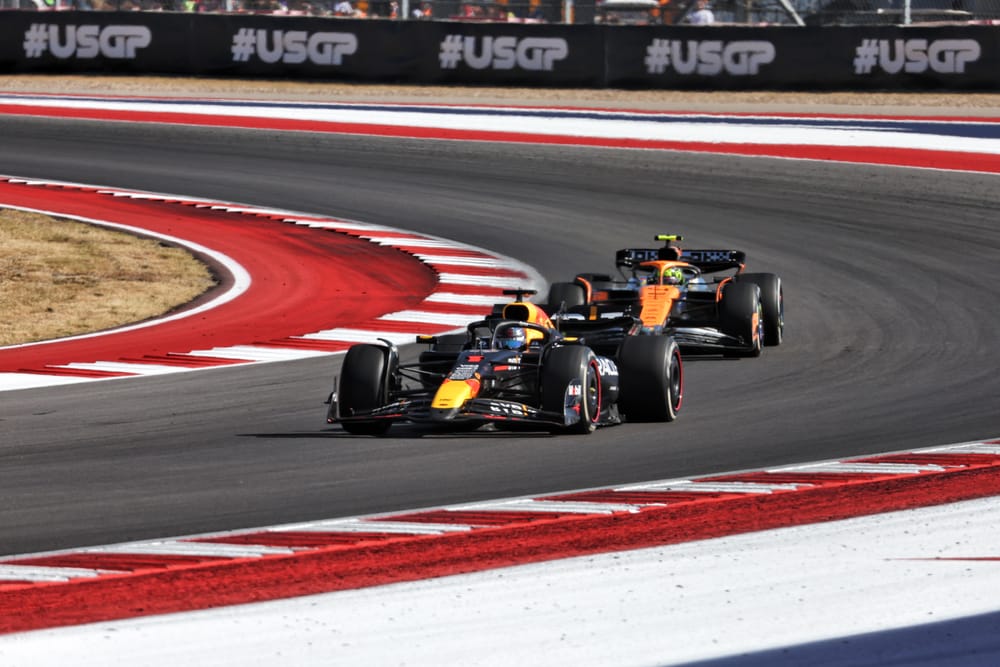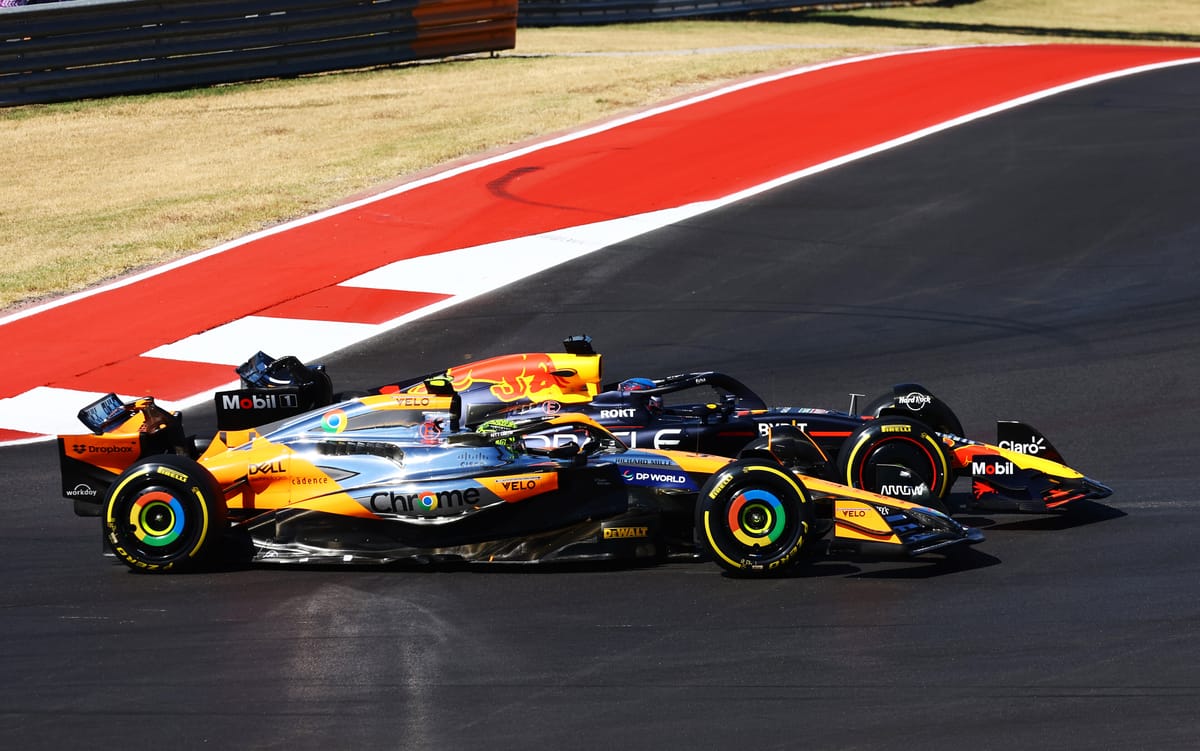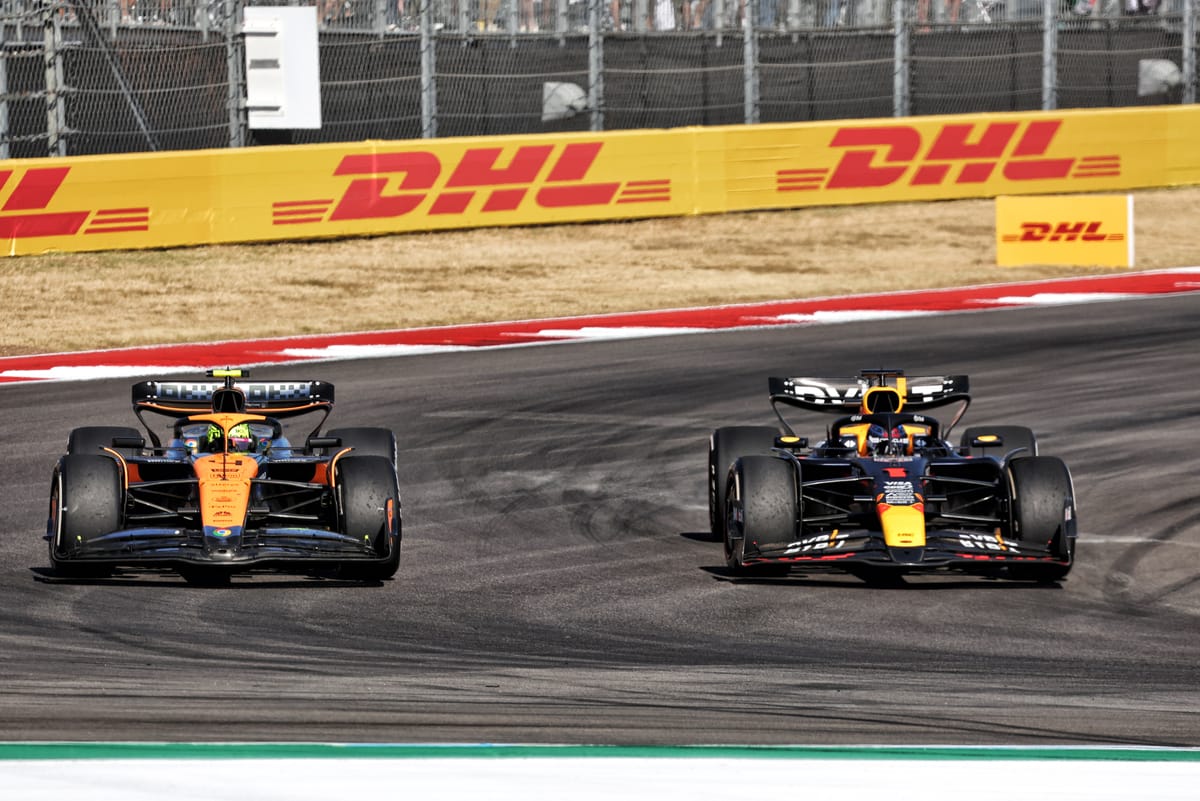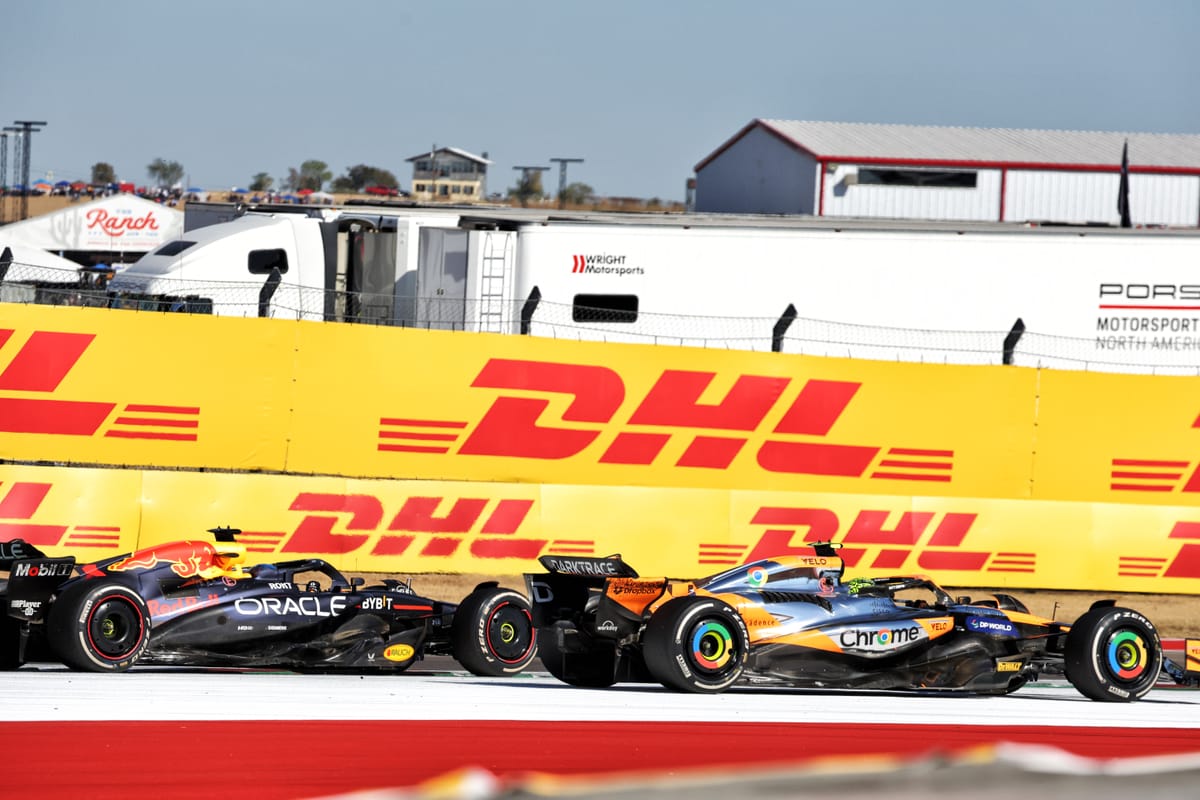Up Next

Max Verstappen's proven Formula 1's still-secretive racing 'guidelines' need to change - not to punish him, but because he's helped expose the flaws in their composition.
The world champion regularly stress-tests the rules of combat in a way that often works in his favour, and some of the rhetoric around his controversial battle with Lando Norris in the United States Grand Prix inevitably went the way of 'needing to stop Verstappen driving the way he does'.
The moment Verstappen crosses a line, or people think he has, there is an uproar about his driving. And sometimes he has gone too far. The rules enable and encourage a certain type of driving that Verstappen takes advantage of more effectively than anyone else.
That, plus a laissez-faire attitude to policing certain moves many years ago, have emboldened Verstappen to be a hard – but in his eyes fair – racing driver.
What is fair or not will always be subjective. What matters is that everyone – officials, drivers, teams, fans, media, and whoever else – is broadly on the same page in terms of what the current rules are.
Then if Verstappen or any driver does cross a line, even if you don't agree with a decision, you can understand the rationale behind it. And you can anticipate what is or isn't likely to receive a penalty.
That’s not the case with F1’s current racing guidelines. There are a few ways to improve them that would be to F1’s benefit while also still rewarding drivers like Verstappen for superb defensive driving, as he has exhibited several times including in that Norris fight.
WHEN DO YOU NEED TO STAY ON TRACK?
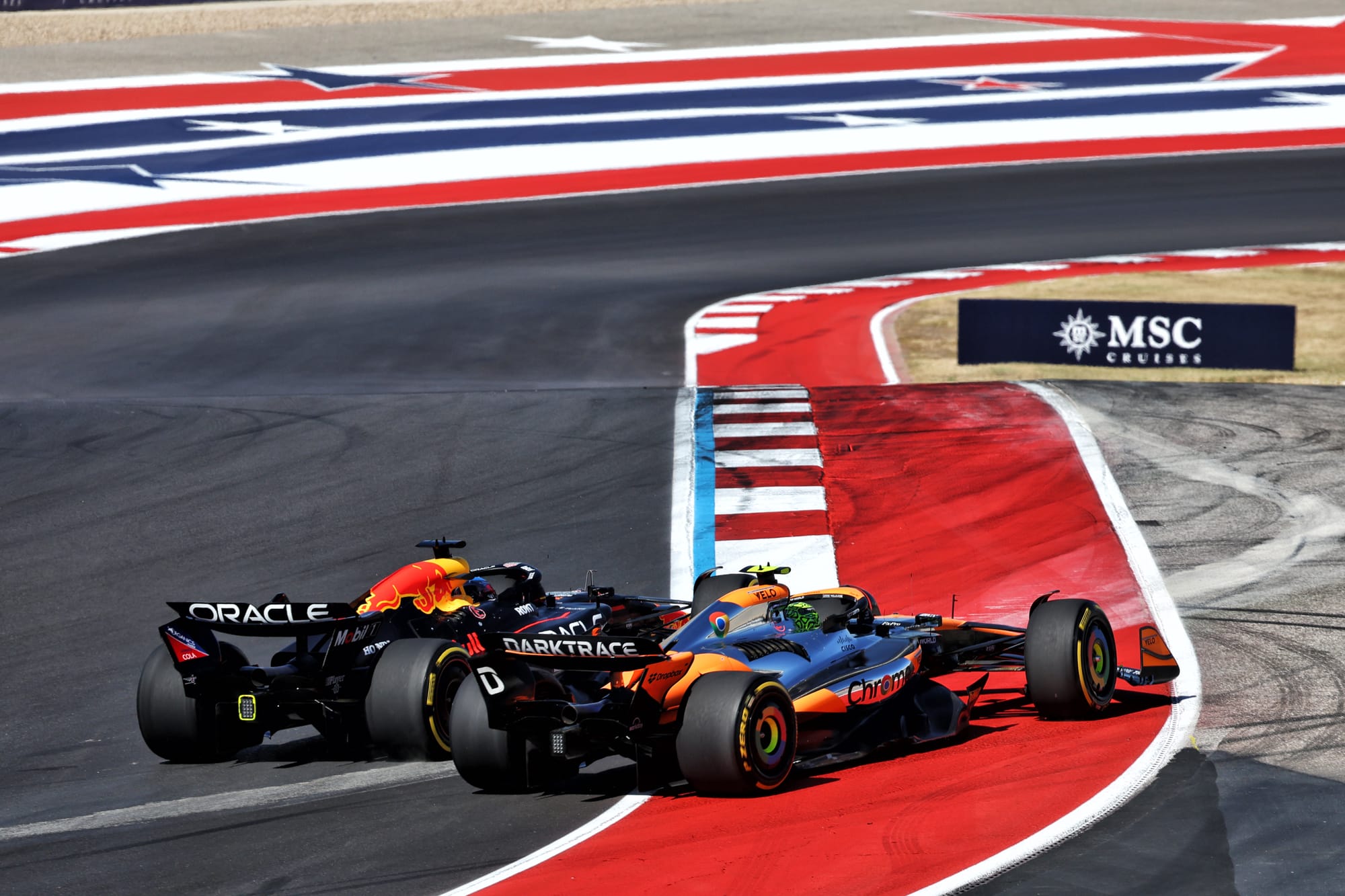
The rules are framed around what a driver overtaking on the outside must do “to be given room, including at the exit”.
Another way to read that, from the perspective of the driver defending, is ‘if you can ensure the driver on the outside isn't doing one of these things, you don’t need to give them room, you can run them off the road’.
That already advocates aggressive defensive driving. Which might not be a problem (it depends what you think is fair) but crucially it is all about what the overtaking driver must do.
The section of the guidelines that frames overtaking on the inside state that the overtaking car must be able to make the corner within the track limits. But when it comes to a car overtaking on the outside, there is no stipulation of the defending car’s actions on the inside regarding track limits.
Back in 2022 this was different. Then, the guidelines stated: “The car being overtaken must be capable of making the corner while remaining within the limits of the track.”
This was to stop things like Verstappen’s ‘defence’ against Lewis Hamilton in Brazil and Saudi Arabia in 2021, when Verstappen flew off the road himself to stop Hamilton passing around the outside.
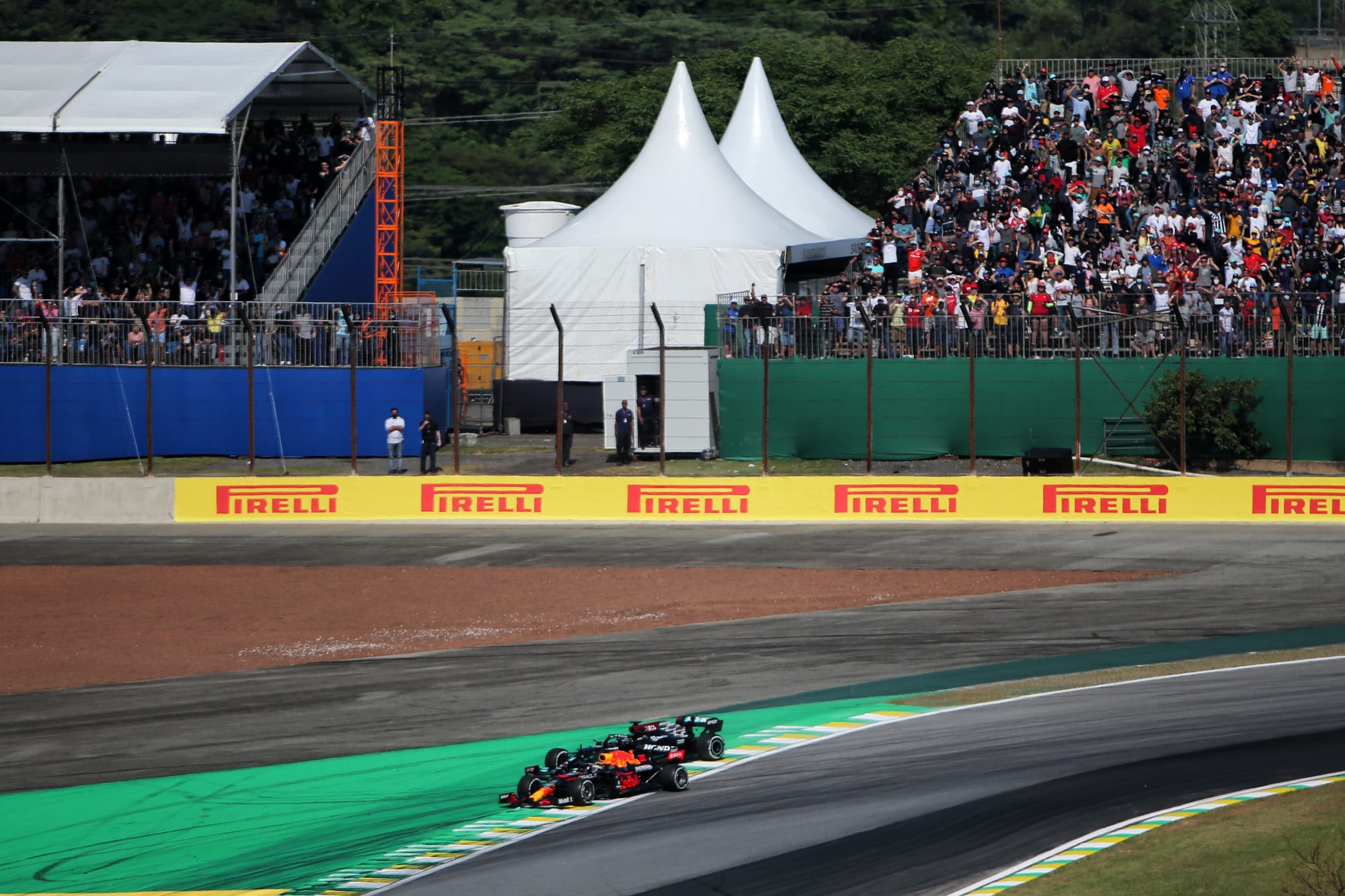
The only such reference in the 2024 guidelines comes in a different section, relating to gaining a lasting advantage by going off-track.
It reads: “If, while defending a position, a car leaves the track (or cuts a chicane) and rejoins in the same position, it will generally be considered by the stewards as having gained a lasting advantage and therefore, generally, the position should be given back, as prescribed in the rules.”
Verstappen did this at Austin. He went off track defending his position. But was this cancelled out by Norris completing his overtake illegally?
Had Norris dropped back behind Verstappen or not completed the pass to begin with, would the stewards have punished Verstappen?
The guidelines would suggest so but we don’t know, partly because the stewards didn’t focus on this element, and partly because breaking up the sections of the guidelines means it’s not entirely clear how they interact. This is a backwards step from 2022 and they should be consolidated again.
It may help slightly ease back the aggression the rules currently encourage, because barrelling down the inside to claim the apex and be able to force your rival off the track at the exit is one thing, but any vagueness about whether your car must remain on-track or when it might be OK for you to go off yourself is potentially problematic.
WHERE THEY ASK TOO MUCH
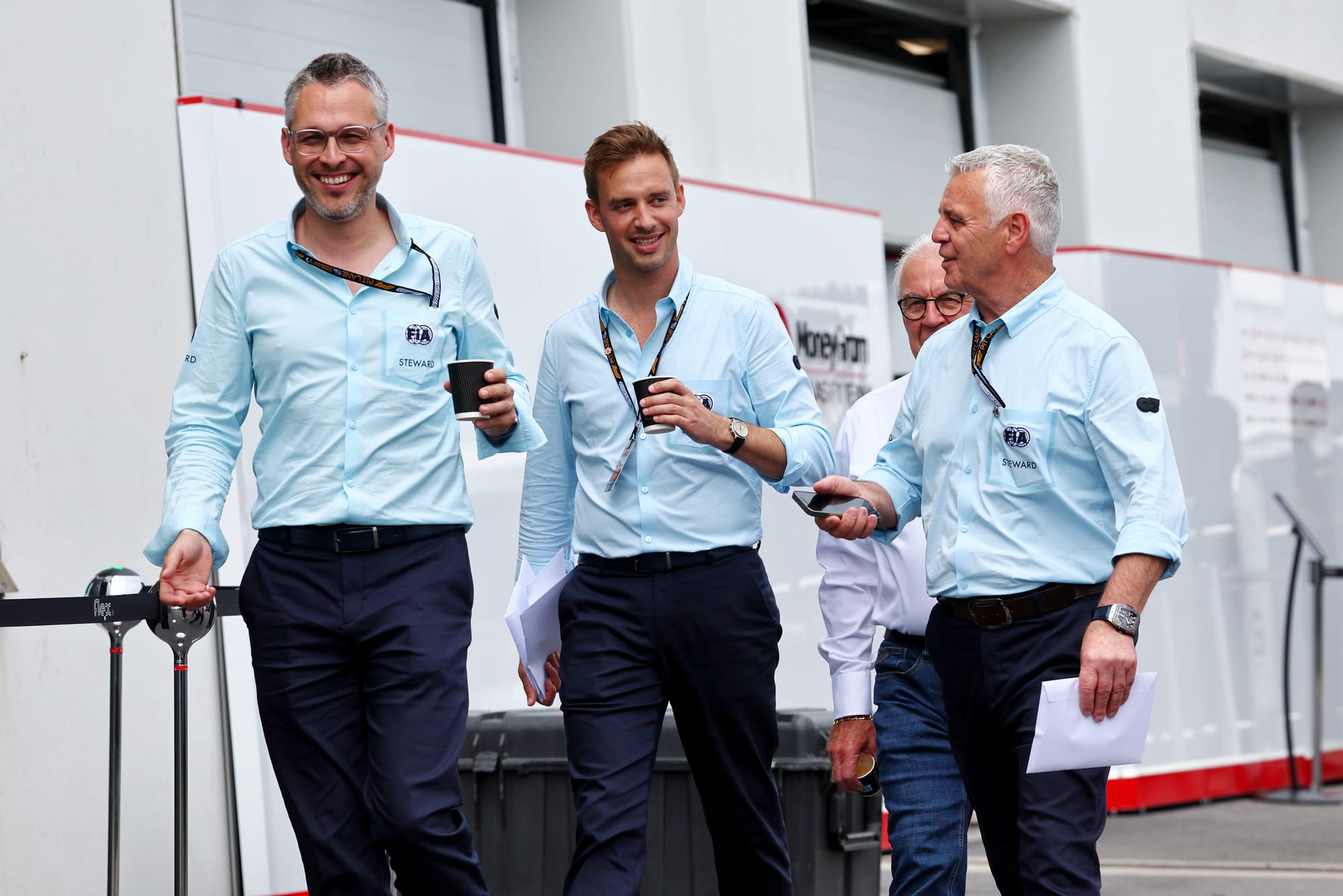
The old guidelines almost asked the impossible when overtaking around the outside.
A driver needed to be ahead of the other car from the apex of the corner to be entitled to room on the exit – which essentially means completing the pass before the middle of the corner.
This requirement is reduced in the 2024 guidelines, to “needing to be level from apex to exit”.
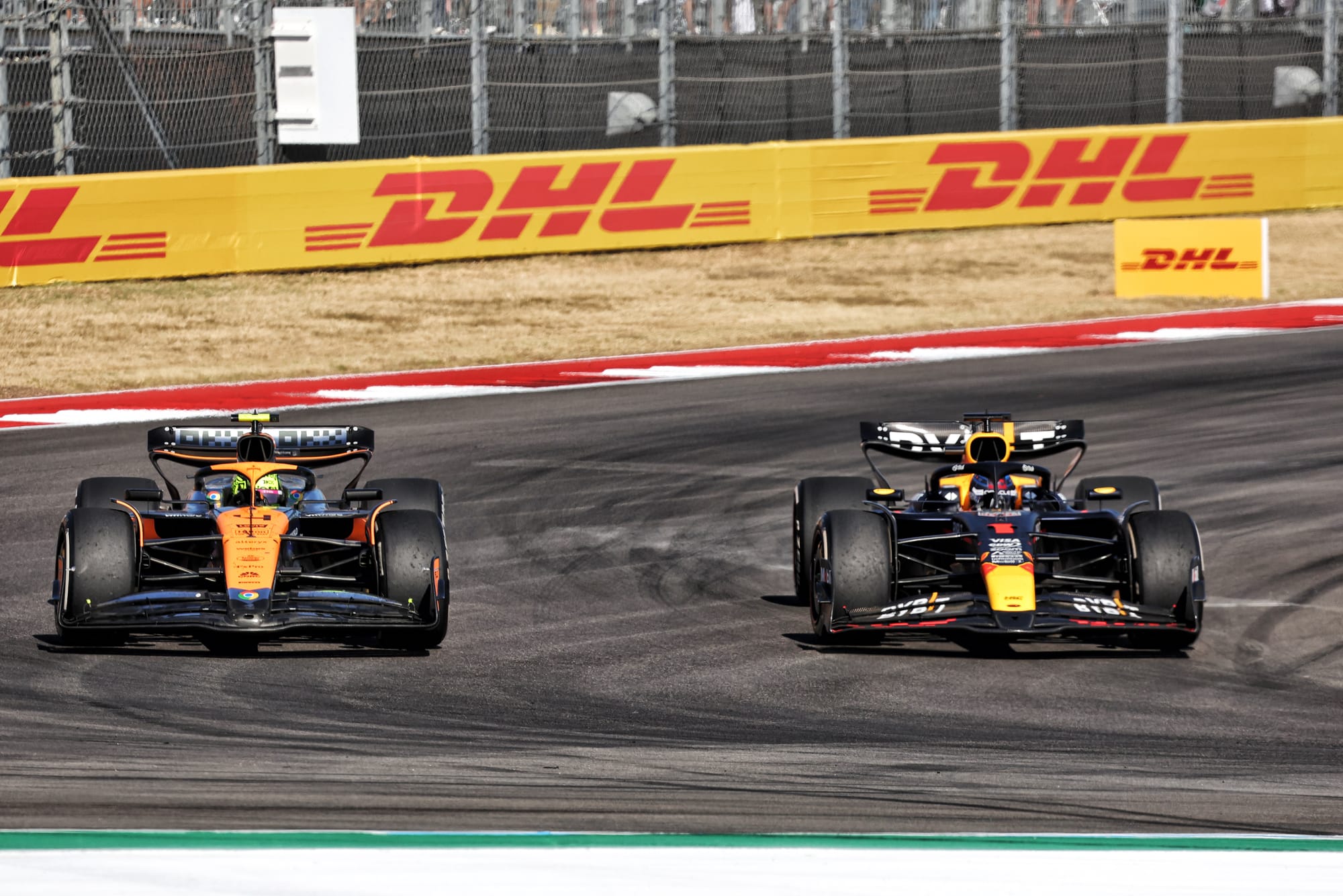
It is also acknowledged that overtaking on the outside “will always be viewed as a more difficult manoeuvre to accomplish”. That is fair enough.
However, needing to be level from apex to exit is, clearly, still ripe for controversy. It puts a lazy premium on relative car positions at a defined point on the track, even though the guidelines also include a non-exhaustive list of all the other factors beyond the position at the apex that are meant to be considered.
The Verstappen/Norris ruling at Austin made it clear how much of a premium is placed on the apex positioning. A better option would be to move the point of judgement back to earlier in the move altogether.
For this we borrow from ex-F1 driver and Sky pundit Karun Chandhok’s suggestion, and propose that if a car on the outside gets its front wheels level with the mirrors of the car on the inside approaching the corner – BEFORE anyone touches the brakes – it needs to be given room on the exit.
And given room can mean ‘just about keep one wheel on the white line’. Hard but fair is fine. Overtaking on the outside shouldn’t be made easy. Racing wheel-to-wheel shouldn’t be made easy.
But it should be possible, and in some circumstances it simply isn’t with the guidance as it exists now.
AMBIGUITY OF WHO IS 'OVERTAKING'
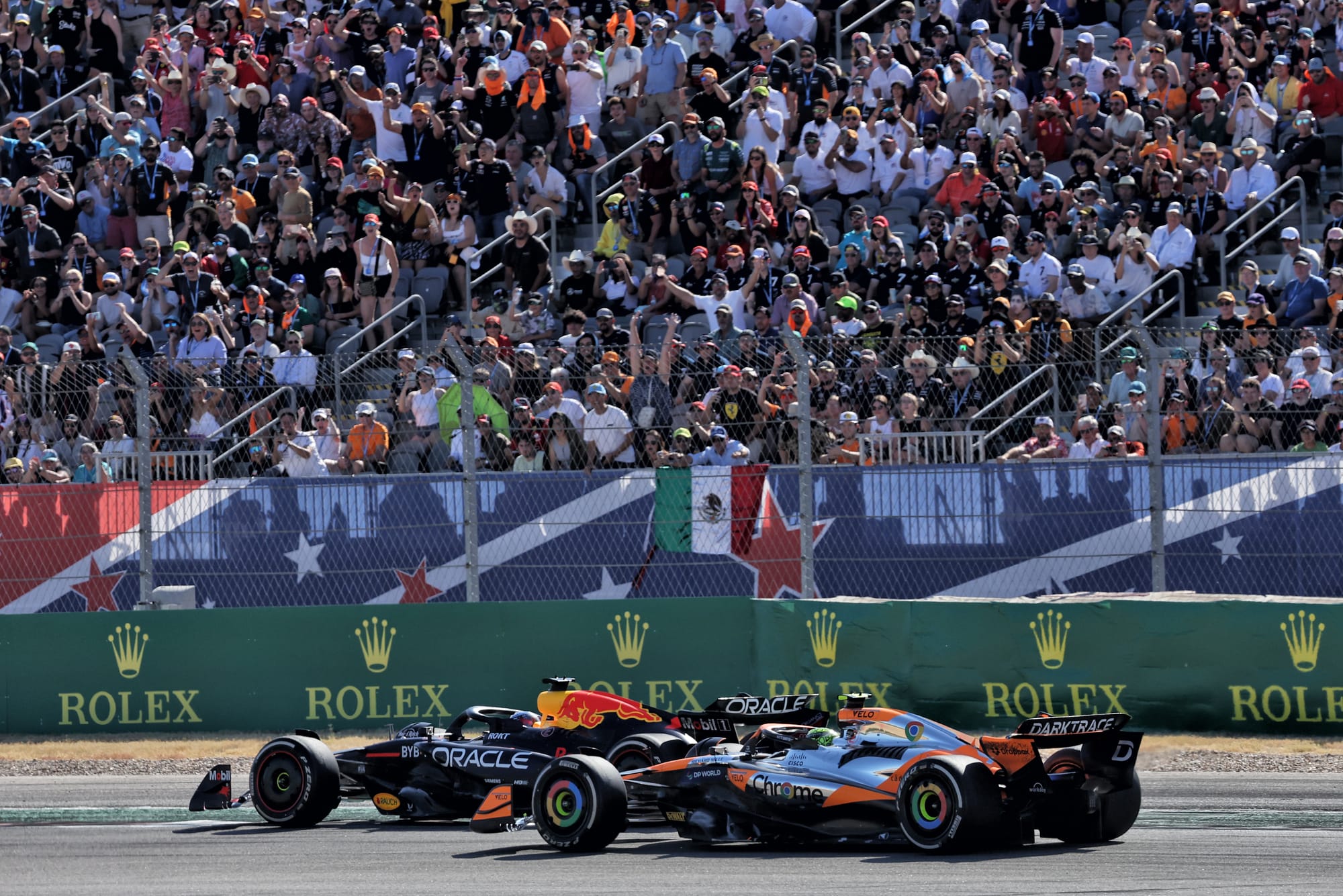
A curiosity in the formation of the guidelines is how specific they are to someone overtaking on the inside or outside as if the role of who is the aggressor – and the responsibility that comes with that – doesn’t change during a battle. But it does.
If a driver is defending the inside line approaching a braking zone and their car is level or ahead of the car on the outside, they are in control. Apex position doesn’t matter at this point. Look at Verstappen’s defence of Norris at Austin lap after lap until the flashpoint – Verstappen had Norris covered.
But when the incident occurred, Norris had got such a great run on Verstappen he was moving ahead before the corner. Suddenly, Verstappen was on the back foot. He had to brake later to get back ahead/stay in front (however you view it). The dynamics of the battle were fundamentally different even though positionally they were the same: Verstappen on the inside, Norris on the outside.
It is strongly implied, although not emphatically clear in the guidelines, that if a driver is overtaking another car then it doesn’t matter if they get partly ahead on a straight – they will still be subject to the rules of overtaking on inside or the outside, not their opponent, even if the opponent is the one having to properly challenge in a braking zone.
The Austin verdict supports this because Norris was getting ahead but the judgement of whether he was entitled to racing room was made based on whether Norris was level at the apex.
If it had switched to the perspective that Verstappen was now overtaking on the inside, various other factors would come into play:
i) Have its front axle AT LEAST ALONGSIDE of the mirror of the other car no later than the apex of the corner.
ii) In Be driven in a safe and controlled manner throughout the manoeuvre (entry, apex and exit).
iii) Without (deliberately) forcing the other car off the track at the exit. This includes leaving a fair and acceptable width for the car being overtaken from the apex to the exit of the corner.
iv) Be able to make the corner within the track limits.
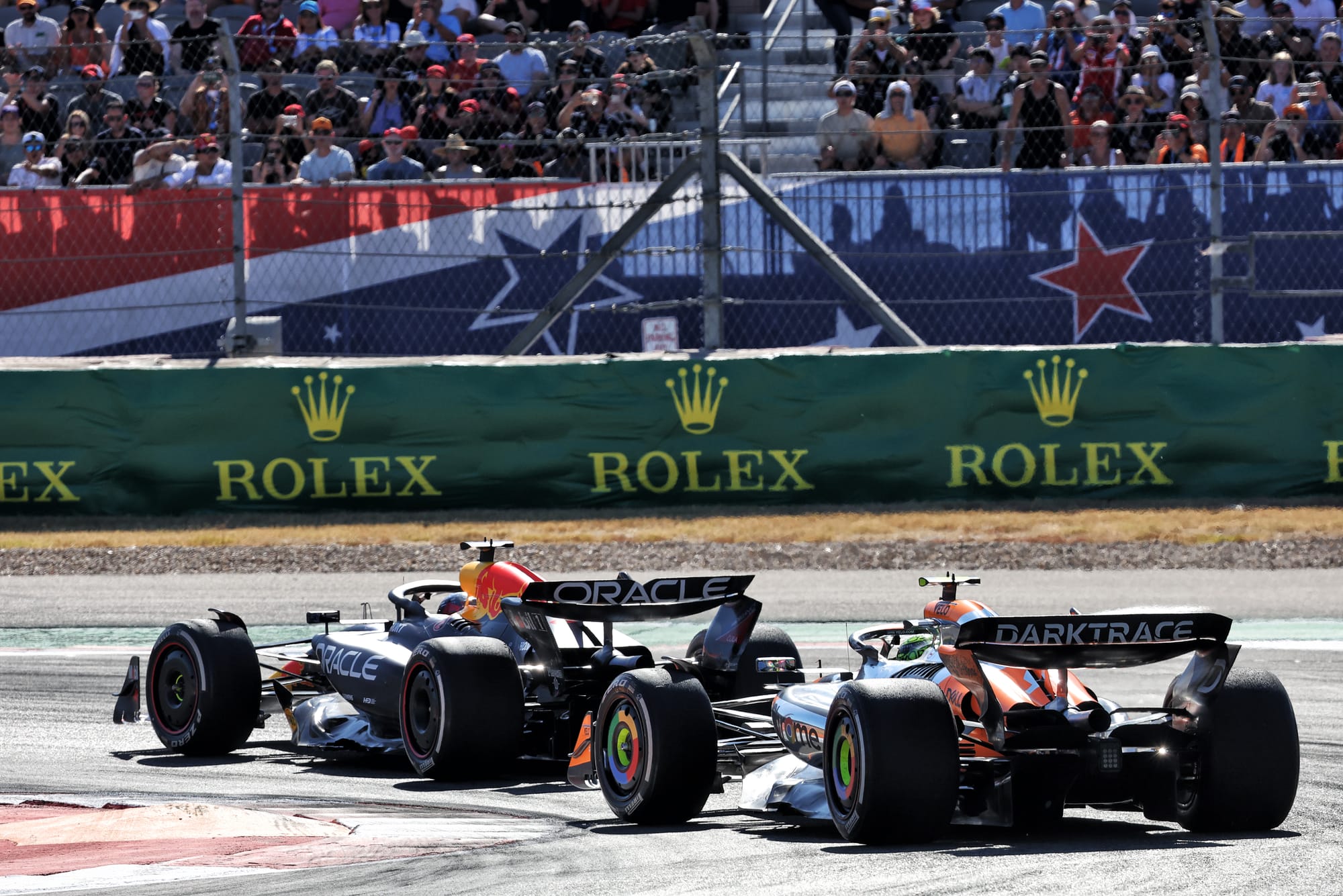
We're not pretending that Norris had completed an overtake, and therefore they should have switched roles. It's not about that.
Given how dynamic a wheel-to-wheel fight is, it seems unrealistic to just label one party ‘the overtaking driver’ (even if that makes sense in principle).
The rules for overtaking on the inside seem perfectly appropriate for a driver ‘defending’ on the inside as well. So why not have that in force alongside the rules the car overtaking on the outside must follow?
MAKE THEM PUBLIC
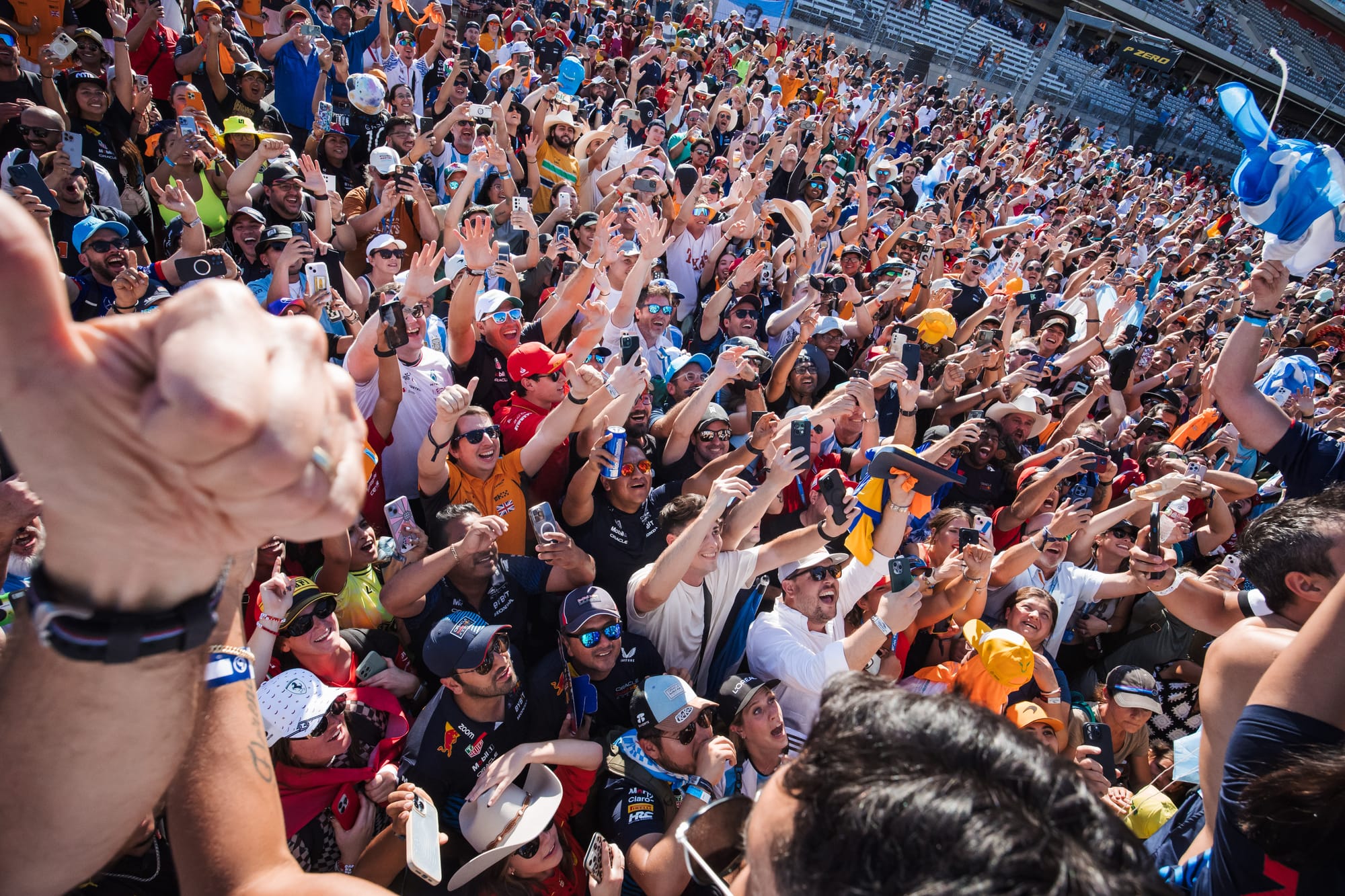
These racing rules remain a secret, and that should change. They have still not been made public – although The Race first reported their contents in May having seen a copy of the guidelines at the start of the 2024 season.
We have explained what we were able to learn from these guidelines across our web, video and podcast platforms. However, unless fans and other observers can access the source themselves, it will be difficult for guidelines to sink into the collective F1 consciousness.
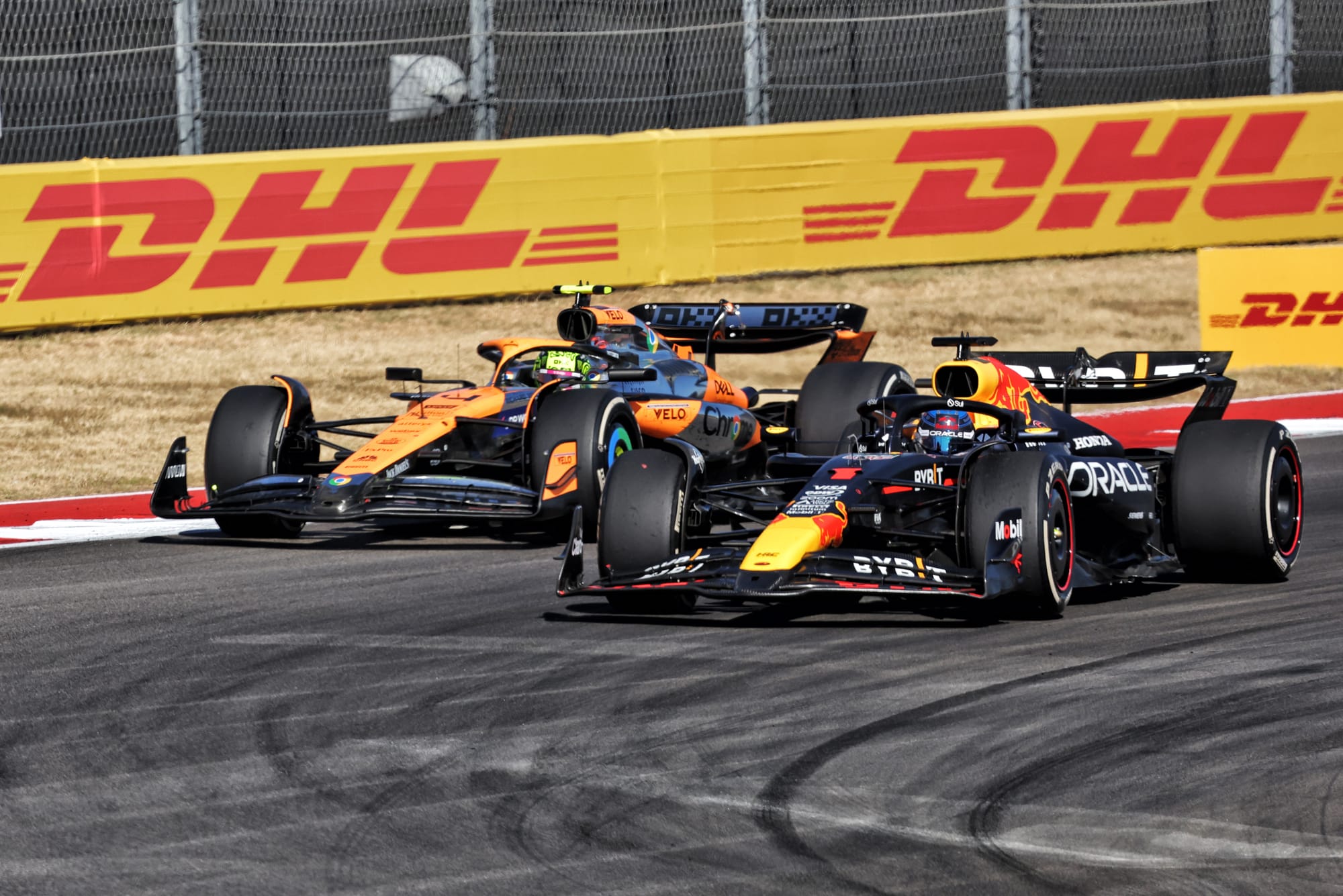
Were the guidelines available publicly on something as large-scale as the FIA’s own website (like the regulations are) they could be referred to at any time, in their full context, by any party. That is what happened when the guidelines devised in 2022 were published as a stewards document during the 2022 Emilia Romagna Grand Prix weekend.
It is still common to see extracts of that document shared on social media, or see the wording quoted, even though those guidelines were different and are NOT being used now.
That is fuelling misunderstanding and confusion about what is allowed, what is not, and whether the right decisions are being made.
Were the guidelines public, the narrative would be able to evolve into a more nuanced debate about which rules Verstappen broke (if any), what Norris could or should have done differently, and crucially whether they are fit for purpose and how they may be improved.

